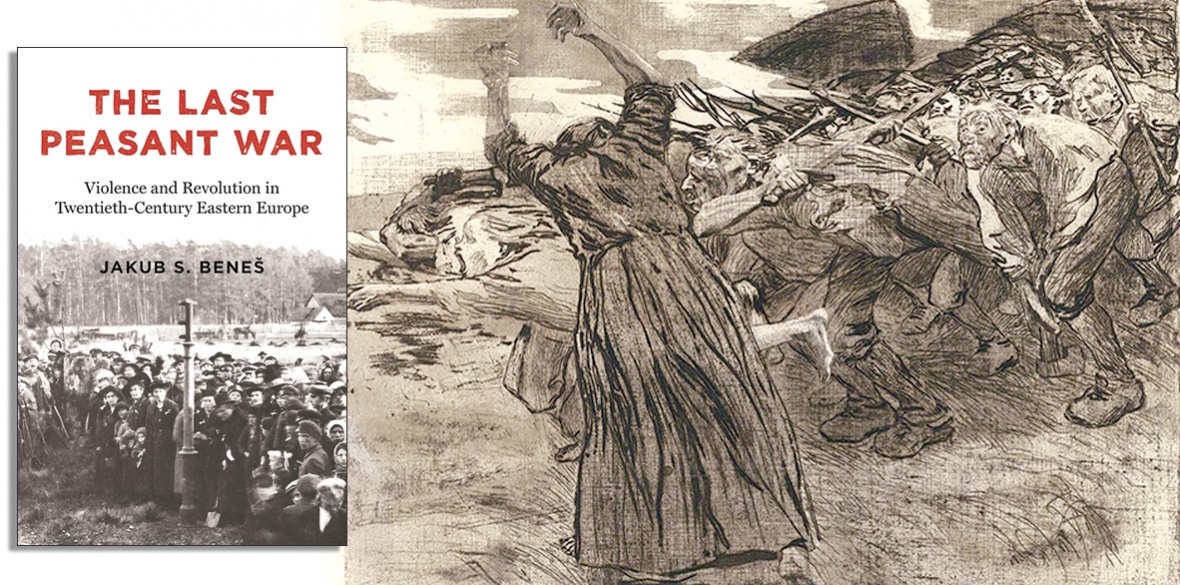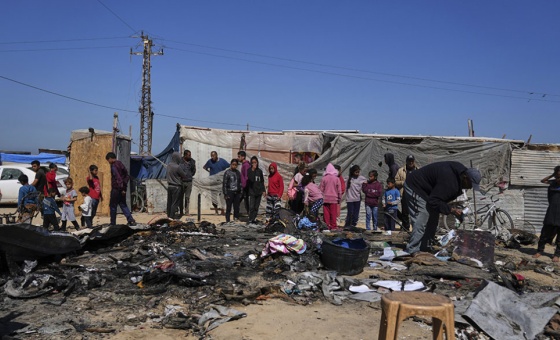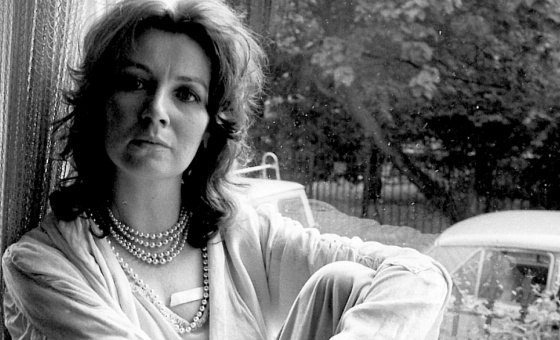This is the last article you can read this month
You can read more article this month
You can read more articles this month
Sorry your limit is up for this month
Reset on:
Please help support the Morning Star by subscribing here
The Last Peasant War — Violence and revolution in Twentieth-Century Eastern Europe
by Jakub S Benes
Princeton University Press, £35
WHEN I first read the title of this book, I did a double take. I knew of peasant wars in the Middle Ages and of leaders like Wat Tyler and Thomas Muntzer, but peasant wars in the 20th century? Surely the publisher had the date wrong?
Benes soon disabused me of my ignorance. In his introduction he points out that both conservative and Marxist historians have largely ignored the more recent revolutionary roles played by the peasantry.
This has come about for two reasons: one, the focus of historical research has been on towns and cities where the “real” changes have taken place; and two, most peasants were, traditionally, illiterate and have left very little documentation of their exploits.
Most historians have tended to view the peasantry as backward and envisaged its eventual disappearance as a result of industrialisation and modernisation. But examples from France and China, for instance, where peasant revolutions both inaugurated and accelerated modernisation processes, contradict that viewpoint.
Benes’s book is revelatory and addresses that imbalance very effectively. He focuses on peasant movements in eastern Europe in the run-up to WWI, the period between the two world wars, and their aftermaths.
“Contrary to popular wisdom and much scholarship on class struggles in history, it was not the landless poor who figured most prominently in the radical movements of the countryside,” he writes, “it was smallholding peasants who played significant roles.” The latter did, of course, harbour fundamentally conservative instincts and thus made unlikely revolutionaries because they rose in defence of an older understanding of community.
Propertyless agricultural labourers, though hardly absent from rural insurrections, have seldom led them because of their greater dependence on landlords.
“Muscular peasant movements were both a consequence and cause of the region’s combustibility in the first half of the 20th century,” he says.
Benes argues that the 20th century peasant war erupted largely as a consequence of the strain of the Great War, featuring village conscripts as its principal combatants. It arose first and foremost in the lands of the Hapsburg empire and its successor states, but in Russia, too, peasant uprisings took hold dramatically between 1917 and 1921.
In Russia, there was already a large peasant uprising in response to the reactionary policies of Tsar Nicholas II, and in connection to the 1905 revolution.
Seeing the weakness of the government, they started organising rent strikes to force the landowners to pay higher wages. They began trespassing on the land of the gentry, chopping down trees and harvesting their crops. Later, peasants launched large attacks on the estates; they would loot the properties and set the manors on fire. Almost 3,000 manors were destroyed by the “Jaquerie of 1905-06.”
In some areas, revolts were accompanied by pogroms against Jews, who were seen as in league with the landowners. Violence against Jews was also carried out in Poland. In other parts of eastern and central Europe, peasants combined demands for a representative democracy, land reform and blueprints for a co-operative society in which farmers would pool their resources.
The first world war led to the irreversible discreditation of the old feudal authorities to which villagers had shown loyalty for so many generations. During this war, the peasant class suffered in many ways worse than the urban populations. The countryside contributed a significant proportion of those conscripted into the armies mobilised in 1914, forming 30 per cent of the German army, 43 per cent of the French army and a staggering 75 per cent of the Russian. Britain was an exception, as it was already highly urbanised.
Those peasants left in their villages (mainly the elderly, women and children) were subject to increasingly draconian requisitioning measures, the forced selling of their produce at low prices. The costs and responsibilities borne by the countryside were immense, particularly in the less advanced economies of Russia and the Hapsburg and Ottoman empires.
Later, the apparent failure of east central European agrarian states to safeguard democracy and rural livelihoods during the Great Depression (1929) drove many peasants to embrace extreme solutions, such as fascism or communism.
In the final phase of the peasant war that this book reconstructs, villagers also resisted the collectivisation of agriculture and the industrialisation and urbanisation that transformed eastern Europe from the 1950s onwards.
The epochal changes of this period and the significant part played by peasants has largely remained in the shadows of historical research. Their actions and voices have to be excavated from official channels, whose authors were seldom interested in villagers’ own views.
Benes’s book reveals a fascinating aspect of modern history long neglected. Perhaps too detailed for the general reader, but well worth dipping into if nothing more.







